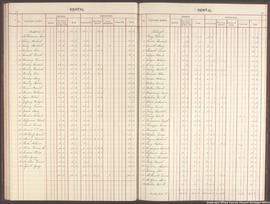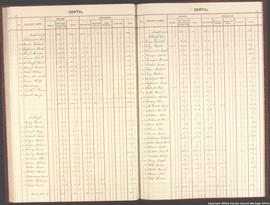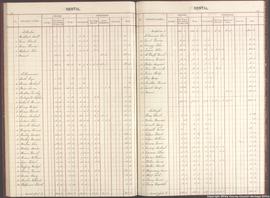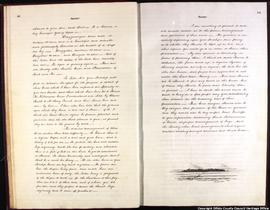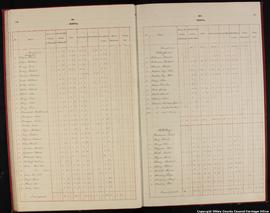- IE OCCHO DIGBY/C/2
- Unidad documental simple
- 1874
Parte deDigby Irish Estates
Annual report, accounts and rental for year ending June 1874, containing a positive report on the financial condition of the estate with an increase in the overall rental income. Expenditure consisted of further land improvements including drainage works in Roskeen, Killarles, Cappyroe and Clonmore. A drain was sunk at Meelaghans and Cloncon which serves as a boundary between the Geashill and Charleville Estates and report notes that Lord Charleville has undertaken to pay half the cost of the drain. Construction of a new farmhouse for Mr Riddell of Annagharvey cost £514.19.6.
Report also discusses the introduction of concrete works as a construction method due to the difficulty in sourcing masons, many of which have emigrated. Also notes that the forester has had to be replaced as Mr McIntosh had emigrated to California. New plantations were established at Cappyroe and the Meelaghans.
Despite the eviction of Mr. Connolly of Clunagh who was in occupation of a farm in Clonad, overall agitation on the estate dissipated after the death of the former parish priest, and Digby describes his successor as 'a bright exception amongst Irish priests.'

